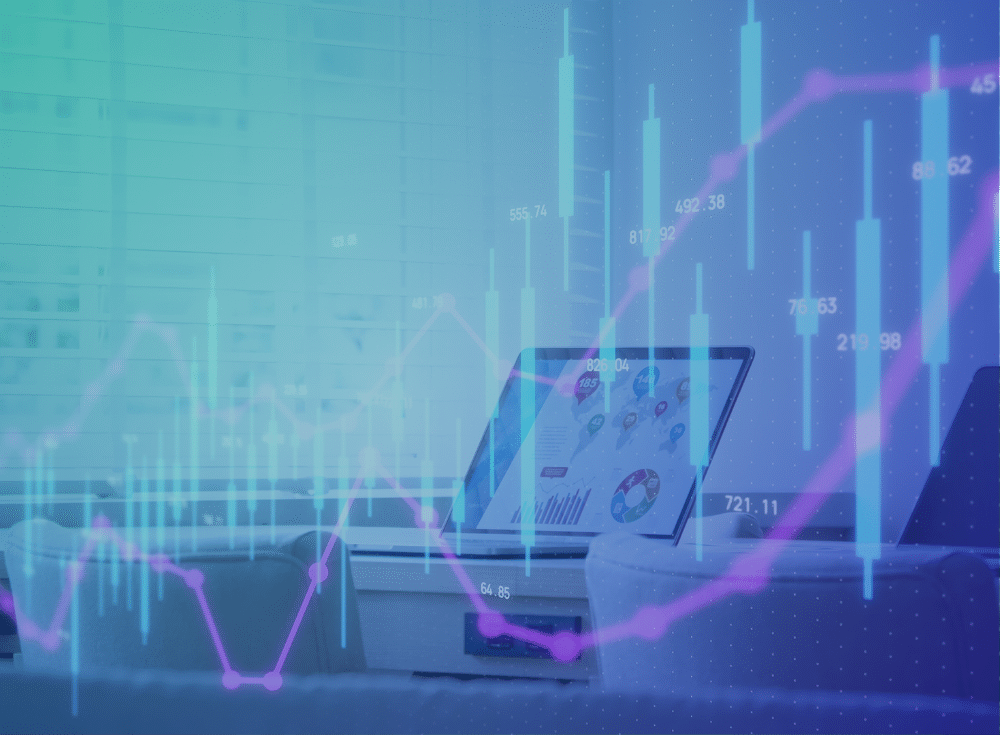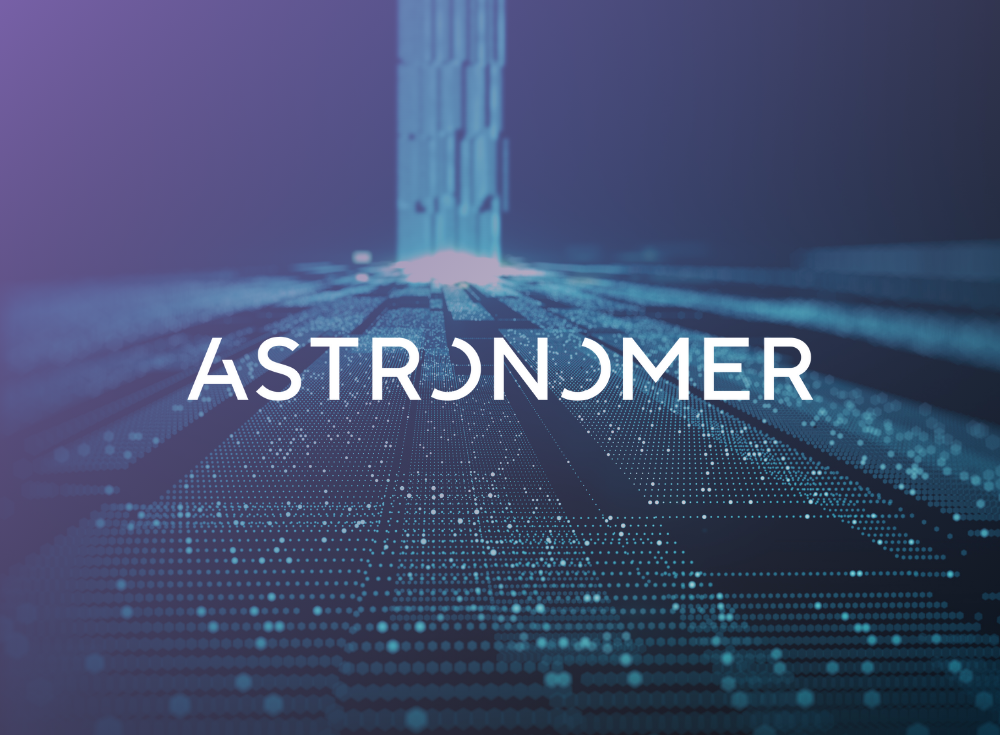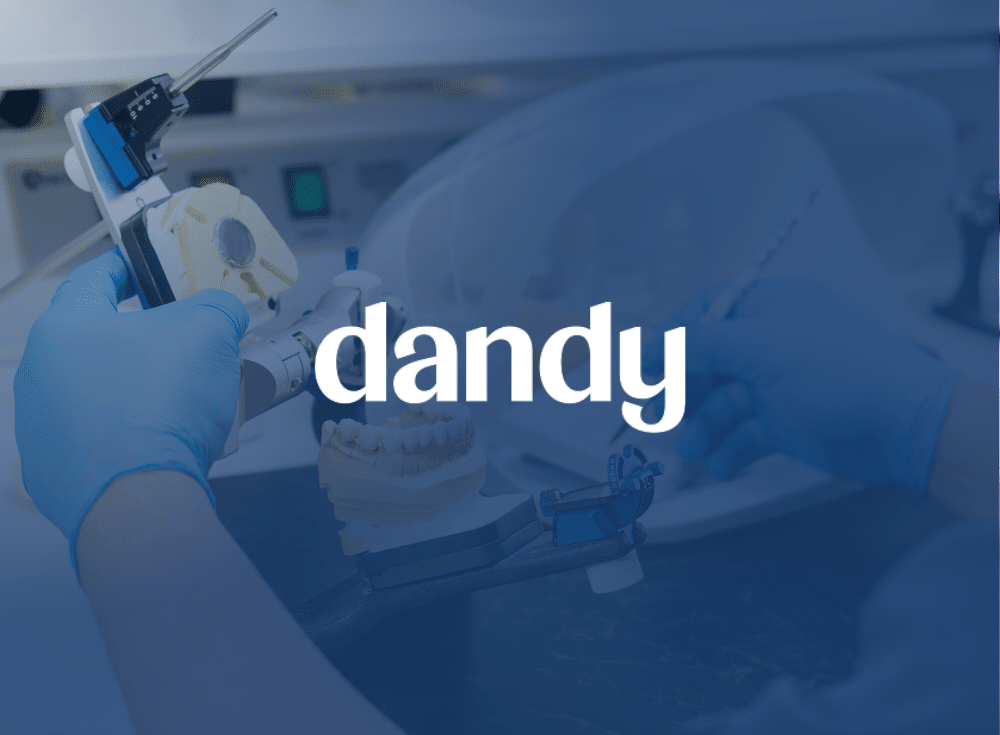AI Company Accelerates Mission of Becoming the World’s Leading LLM
The rise of large language models (LLMs) like GPT, LaMDA, and LLaMA has fueled a global surge in demand for generative AI. Amidst this wave, one company stands out for its ambitious goal: to become one of the largest LLM organizations in the world, dedicated to accelerating AI research and development. Achieving this goal required the company to quickly expand its infrastructure footprint. However, it faced a challenge in managing the massive amounts of observability data generated by its growing infrastructure.
The company realized it needed a highly performant and scalable observability solution. It had relied on its cloud provider’s native observability solution, which struggled to keep up with its rapidly growing infrastructure and required significant engineering effort to maintain. Instead, the firm needed a SaaS solution that could both handle its explosive data growth and also provide the insights necessary to optimize performance, control costs, and ultimately accelerate its mission.

Self-Hosted Observability Held Back AI Innovation
Ensuring Reliability and Scalability
The company's AI infrastructure comprises hundreds of thousands of GPUs and other components critical to their LLM training. This infrastructure generates more than 75 million active time series (ATS), but was expected to grow to over 1.2 billion ATS in just four weeks.
The company knew that their in-house managed observability tooling would not be able to keep up with this data growth. The stakes were high: downtime of the observability tool or even slow query performance could directly impact the AI company’s ability to debug GPU issues efficiently—an essential factor for optimizing model training and achieving their mission.
Controlling Costs
On top of reliability and scalability concerns, the company prioritized cost efficiency from the offset. The company recognized the importance of unit economics and sought to optimize observability costs proactively. They required a solution where value aligns with cost, especially as their telemetry data grew. Other observability tools have opaque pricing models and a lack of granular control over telemetry data, presenting risks of escalating costs.
The company needed a platform that could help their team understand the value of their telemetry and optimize metrics and traces without complex, manual processes. This would ensure that observability spend did not become a limiting factor in their pursuit of innovation.
Maximizing Innovation Time
The company recognized that engineering time spent managing and maintaining their observability solution was time taken away from their core mission. Engineers were spending valuable hours on operational overhead instead of focusing on core tasks. They needed a platform with faster time-to-value, that required minimal maintenance, and allowed their engineers to focus on innovation and model development. Also, the high cost and effort required to build and maintain an in-house observability stack posed additional risks of resource diversion.
To address these challenges and achieve its goals, the company turned to Chronosphere.
Observability That Accelerates AI Development
Reliability and Scalability
The Chronosphere Observability Platform is built to handle petabyte-scale data and deliver an industry-leading historical uptime of 99.997%. The platform has a proven track record of being able to sustain workloads exceeding two billion data points per second with millisecond latency.
This ensured that the AI company could reliably monitor their AI infrastructure and debug incidents even at peak usage. This also gave the company confidence that their observability solution would not become a bottleneck in their GPU-heavy operations, where every second of downtime or inefficiency impacted their ability to train LLMs consistently.
Chronosphere’s ease of use and PromQL compatibility also ensured the platform was quickly adopted by engineering teams to minimize disruptions.
Cost Control and Optimization
Chronosphere’s Control Plane lets companies fulfill their dashboard and alerting needs without having to store all the observability data in the raw form. It helps you understand the value of your telemetry and how your team uses the data. It also gives you the ability to pre-process and optimize the data to control noise and cost.
The Control Plane provided the AI company granular visibility into their metric usage and associated costs. Using features like drop rules, aggregation rules, and long-term downsampling, allowed for a 70% reduction in non-useful data in just 2 weeks, and 84% reduction in 4 months.
These optimizations enabled the company to scale observability sublinearly with data growth, projecting $7.2M+ in savings per year. These capabilities were crucial for directing resources toward core objectives, such as advancing AI research and overtaking their competition.
Maximizing Innovation Time
Chronosphere's SaaS Observability Platform offered a complete solution with support for all telemetry types (metrics, events, logs, and traces). This allowed the company to consolidate its observability data onto a single platform, and spend less time working across and maintaining tools.
This, along with Chronosphere Lens’ service-centric observability approach, significantly reduced their mean time to resolution (MTTR). The time saved on managing observability and resolving incidents allowed engineers to focus on advancing AI research and model development. The platform’s ability to integrate tracing with metrics was described as a “game changer” to quickly identify root causes during critical incidents.
Looking Ahead
With Chronosphere’s observability platform in place, the company is well-positioned to scale its infrastructure, accelerate innovation, and overtake competition. By streamlining observability operations and freeing up engineering resources, they can now focus entirely on their mission of becoming the world’s leading LLM.





